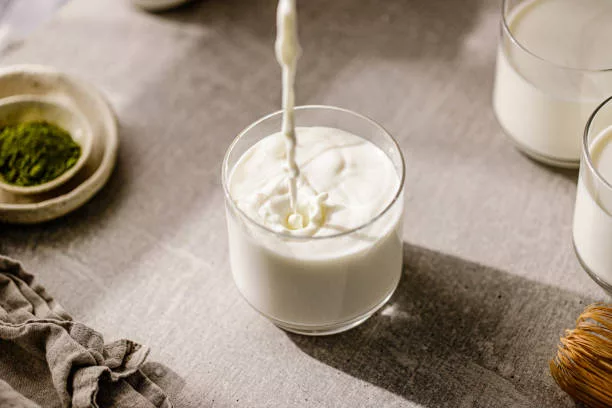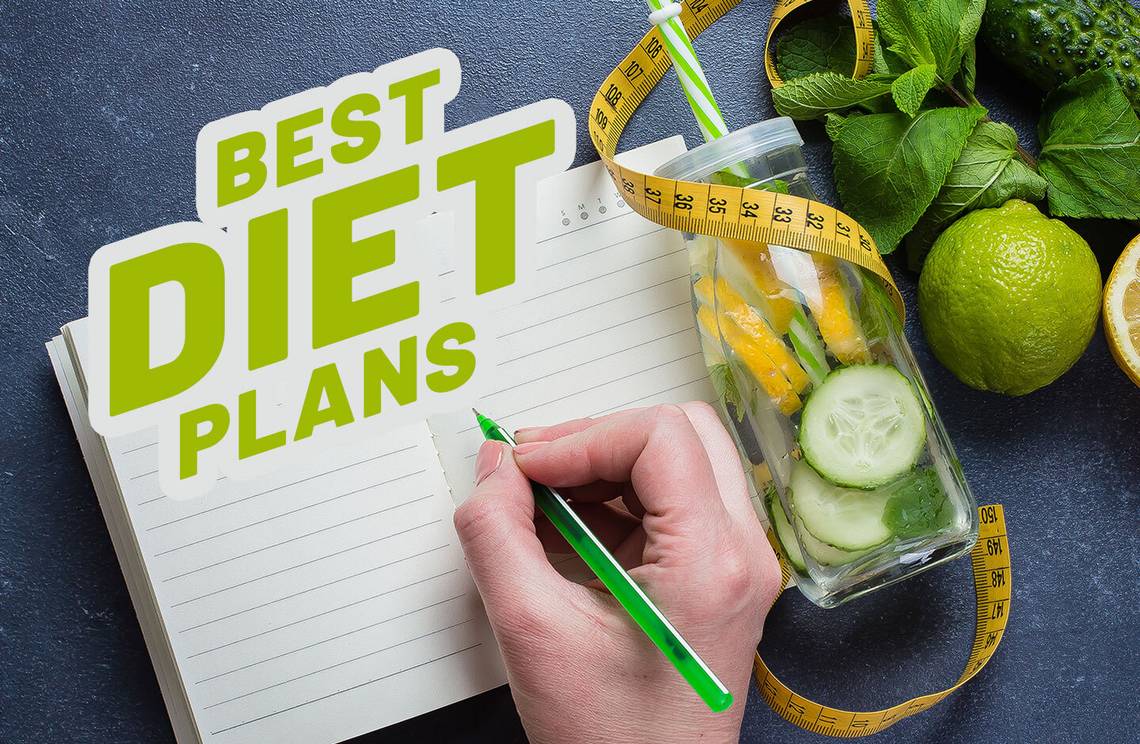A Weight Loss Diet Chart
Dieting should be designed around your goals. A diet that is too restrictive could result in nutritional deficiencies if taking medications, breastfeeding or pregnant.
Maintaining a healthy weight is an ongoing journey; to find success it’s key to strike a balance between calories and activity levels.
1. Know What You Are Eating
Many dieters set unattainable weight loss goals that set themselves up for failure, often looking back to their wedding day weight or fantasizing about becoming like supermodels – setting this type of unrealistic expectation can quickly lead to disillusionment and frustration.
Dieting should include sustainable daily habits and nutritious food choices that support weight loss. Eating lean proteins, whole grains, low-fat dairy and fruits is crucial to a healthy weight loss diet plan.

A Weight Loss Diet Chart
Trackers can help you become acquainted with portion sizes and macronutrients. But too much tracking can become overbearing and take you out of touch with hunger/satisfaction signals, so working with a registered dietitian to find out the best method of tracking food can be extremely beneficial. Also make sure that whenever necessary for energy purposes protein shakes/bars are included as part of each meal if they’re needed; protein is especially vital for women since weight loss tends to come more slowly than men.
2. Know Your Calorie Needs
There are various tools available to you that can assist in helping to estimate how much food your body requires daily, such as calorie counting apps and programs that make tracking calories easy without manually measuring and weighing foods.
If you’re trying to lose weight, understanding your caloric requirements can help set realistic goals for yourself. For instance, in order to lose 1 or 2 pounds per week you will need to consume 500 fewer calories than your body normally uses each day; this can be accomplished by swapping out empty-calorie foods for healthier ones that keep energy up while making you feel full.
3. Know Your Dietary Fiber Needs
The United States Department of Agriculture recommends adults consume 28 grams of dietary fiber daily. This fiber nutrient helps slow digestion so glucose is absorbed more slowly, helping lower blood sugar levels and avoid insulin spikes that trigger overeating. Diets low in fiber have been linked to several diseases including coronary heart disease, diabetes, cancer, high cholesterol levels, bowel issues and obesity.
To increase fiber intake, opt for whole foods, such as fruit, vegetables, beans, whole grains, nuts and seeds. Gradually increase your consumption while drinking plenty of water to give your digestive system time to adapt – this will avoid unwanted side effects like abdominal pain, cramps and diarrhea (6). Noom can assist in tracking dietary fiber needs and helping you meet goals more easily.
4. Know Your Protein Needs
Protein is one of the three macronutrients (carbs and fats) essential to weight loss by helping preserve lean muscle mass while losing fat weight. When dieting, you lose both muscle weight as well as fat weight; keeping lean muscle mass will contribute to more toned physique while also decreasing your body fat percentage.
Reach for 10-35% of your daily calories from protein sources, depending on your goal and lifestyle. Each gram of protein provides four calories.
Athleticians and the active need more protein than those who are less active, while people attempting to build muscle or prevent bone loss (such as seniors) also require higher quantities. Consult a registered dietitian or use online calculators to estimate your individual protein requirements.
5. Know Your Fat Needs
Dieters often set themselves lofty weight loss goals that can be hard to attain. Their goals may include returning to wedding day or college weight, fitting into specific size clothing or belt, or reaching certain weight levels.
Finding an achievable and realistic goal to help achieve weight loss can be achieved in various ways, such as decreasing fat consumption or increasing physical activity daily.
Choices such as whole grains, lean proteins, low-fat dairy products and fruits can help you reach your goal. Incorporating regular exercise, taking stairs over elevators and using various apps and online tools to monitor progress and hold yourself accountable may also contribute to reaching this goal.
6. Know Your Vegetable Needs
Diets rich in vegetables are crucial for staying healthy. Not only are they low in calories and fat content, but they are packed full of essential vitamins and minerals as well as being an excellent source of fiber.
Adults should consume two cups of vegetables daily. One cup is equivalent to four tablespoons, so eating fruits for breakfast, steamed broccoli for lunch, green beans dipped in hummus at snack time and salad as part of your dinner meal can all count toward meeting this daily vegetable goal.

Vegetables don’t need to be raw in order to count; for instance, one cooked carrot or six baby carrots count as one vegetable serving. You can also incorporate vegetables into meat dishes, smoothies and shakes for extra nutrition and variety; try including dark-green veggies alongside red-orange and starchy varieties such as potatoes.
7. Know Your Fruit Needs
Fruits provide both sweetness and fiber. Rich in antioxidants, fruits are known to aid weight loss.
One medium apple contains 4.4 grams of fiber and is low in calories, as well as being an excellent source of quercetin, which helps prevent heart disease by increasing production of nitric oxide in your body.
Though all fruits can contribute to weight loss, for maximum results it is best to choose whole fruits over dried or canned canned in syrup or juice as this will help limit calorie consumption and ensure you get an array of beneficial plant chemicals. You could keep chopped fruits handy as an afternoon snack on your counter or add them into a smoothie to give yourself an energy boost during breakfast time.
8. Know Your Milk Needs

Milk is an excellent source of proteins and carbohydrates that can help you feel full and satisfied from what you eat. Plus, its nutritional benefits include vitamin D, potassium and calcium content as well as its low calorie count. While research can vary when it comes to dairy’s impact on heart health, most studies conclude that drinking milk either positively or neutrally affects cholesterol levels – so if weight loss is your goal be sure to include milk into your diet while being mindful about portion sizes and calories content; crash diets could interfere with milk supply which could harm breastfeeding babies in turn – but persevering will surely pay dividends later when feeding them on high quality nutrition for their benefit and their sake!
9. Know Your Bread Needs
Dieters often exclude bread from their shopping lists because they fear carbs will hinder their weight loss goals, but with careful selection it can actually form part of an effective and nutritious diet plan.
Search for breads that are low in sugar and high in dietary fiber. Avoid products containing added sugars as these can trigger sudden sugar surges and hunger pangs; look instead for those made with naturally sweet ingredients like stevia or monk fruit for natural sweetness.
Check the ingredient list for nutritious ingredients such as millet and seeds; these offer high amounts of protein and healthy fats such as omega-3 fatty acids that may reduce inflammation linked to obesity. Furthermore, their lower glycemic index allows them to help avoid spikes in blood sugar levels; helping you feel full while staying within your calorie budget.
10. Know Your Meat Needs
Meat may contain high protein levels, but also has plenty of calories that can contribute to weight gain. Therefore, when selecting meats that support weight loss it’s important to pick lean versions low in fat and calories.
Fatty and processed meats such as bacon, sausages, hot dogs and deli meats should be limited due to their high content of saturated fat and sodium. Such foods contribute to unhealthy weight gain while leading to serious health problems.
Instead, opt for leaner cuts of meats like tenderloin steak and ground beef, poultry (boneless top loin roast, New York strip steak and pork chop), salmon or tuna can make healthy additions to any diet, while ground turkey is an excellent way to decrease calories while increasing protein.


